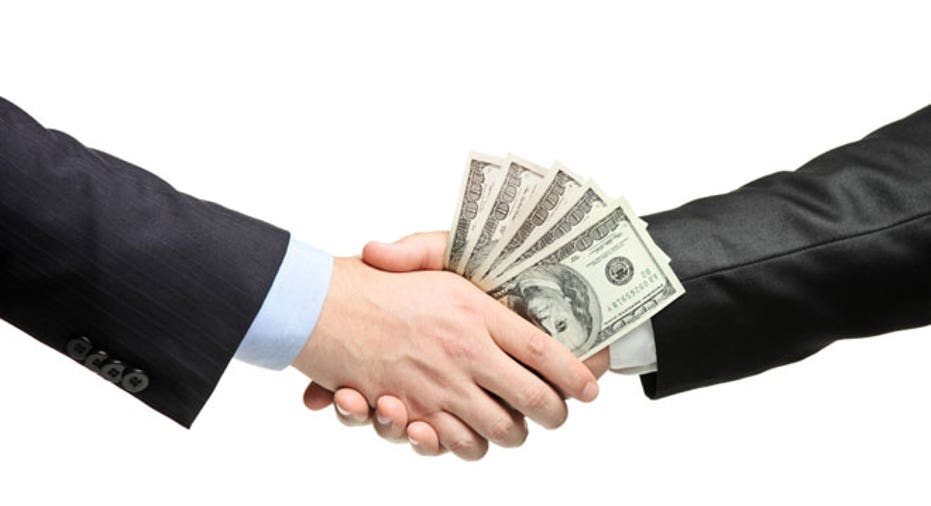How Much Does it Cost to Create Your Product?

Your profit and loss figures identify your sales, expenses and the resulting profit or loss. This information is vital as a financial overview of the viability of the business and as a basis for calculating your tax liability.
However, this figure does not detail actual production unit costs. The income statement does not provide a basis to determine what profit would be if sales were increased. You cannot project a profit from the income statement alone because there are certain expenses that would stay the same, no matter your sales numbers, and certain expenses that would increase or decrease. In addition, the income statement does not provide information relating to the number of units sold.
In order to project increased sales and profits, you must break down the sales and expenses into a different format, re-categorizing your expenses into variable and fixed costs and create a cost accounting report.
It’s not as tough as it sounds and it’s a necessary business tool for entrepreneurs.
Variable Costs
To determine variable costs you must analyze the cost per unit. A manufacturing business would include costs of materials, packaging, direct labor and any outside subcontracting costs. A restaurant business would include cost of foods for each meal item on the menu and the chef’s wages. A retail business would include cost per unit, plus any additional packaging costs they may incur. A service business that charges by the hour may use their direct labor cost for each employee who provides the service, taking into consideration non-billable administration time.
Example:
1. Medical Billing Service - Cost per eight-hour day
$30.00 per hour (billing price) $240.00
12.00 per hour direct labor cost 96.00
.50 paper cost per billable hour 3.50
$12.50 per hour total variable costs 99.50
$17.50 gross profit per hour $140.50 gross profit per day
Quantity is limited to the number of employees and hours worked during the day. Keep in mind that some time each day may be non-billable administrative time and therefore may need to be factored into the above calculations.
2. Manufacturing (Cheesecake) 100 Cheesecakes
$10.00 (sale price each) $1,000.00
5.00 (ingredients, direct labor) 500.00
0.75 (packaging, stickers) 75.00
$5.75 (total variable costs) $ 575.00
$4.25 (gross profit per cake) $ 425.00
Fixed Costs
A fixed cost is one that does not change, regardless of sales volume or changes in production levels. Whether you make 1,000 cheesecakes or 100, your rent on the cheesecake factory remains the same. Your secretary's salary, average cost of office supplies, etc. remains the same. These expenses will not change no matter what the volume is unless volume increases to an extent that expansion is in order. If your rent is based on a percentage of sales, which is common to retail stores operating in a mall environment, the portion of the rent that is based on sales should be calculated with the other variable costs. And your base rent would remain with the fixed cost listing.
List and total the fixed costs the business incurs. To do a costing for the month, add up rent, utilities, insurance, office supplies, administrative salaries, and all the items on your profit and loss statement not included in variable costs.
Subtract your fixed costs from the gross profit generated on the variable cost report to see how much you are making or losing every month.
So for example, let’s say the cheesecake factory above has total fixed costs (rent, utilities and office expense) of $400 per month. The net profit would be only $25. However, if they were able to produce 150 cakes per month, the net profit would increase to $237.50.
Your accountant will be happy to help you. It is wise to perform this analysis in order to determine areas of inefficiency and loss and to make projections for the future.
Bonnie Lee is an Enrolled Agent admitted to practice and representing taxpayers in all fifty states at all levels within the Internal Revenue Service. She is the owner of Taxpertise in Sonoma, CA and the author of Entrepreneur Press book, “Taxpertise, The Complete Book of Dirty Little Secrets and Hidden Deductions for Small Business that the IRS Doesn't Want You to Know.” Follow Bonnie Lee on Twitterat BLTaxpertise and at Facebook.